
BY DR. RAVINDER PALL SAINI
INDIAN FOREST SERVICE ( RETIRED)
MEMBER, BOARD OF MANAGEMENT
FOREST RESEARCH UNIVERSITY,
DEHRADUN
DEHRADUN, 23 MAY 2023:
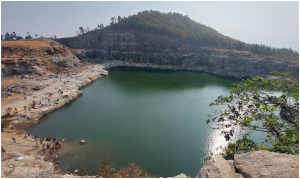
Ajodhya Hills are in the Purulia district of the state West Bengal, India. It is a part of the Dalma Hills and extended part of Eastern Ghats range. The highest peak of Ajodhya Hills is Chamtaburu. The area forms the lowest step of the Chhota Nagpur Plateau. The general scenario is undulating land with scattered hills. The area around Baghmundi or Ajodhya Hill is an extended plateau. The nearby populated town area is Bagmundi. The distance from Kolkata is 332 km.
This area has become popular with tourists. Winter gets maximum tourists, with a few tourists visiting the other months for various tourism interests, like trekking nature trails, to enjoy the rain and the cultural diversity. It's a popular place for young mountaineers to learn the basic and advanced course in rock climbing.
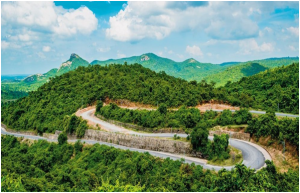
Location:
Ajodhya Hills are located at 23.28667°N 86.11556°E in Purulia Package tour is one of the best destinations to visit this winter. 42 kms away from Purulia via Sirkabad Ajodhya Pahar is located. It has mountains with table land on tops and small streams that make their way through the slopes of the mount to meet Subarnarekha on the west and Kangsabati and Kumari from the northern slant.
It is located at an elevation of 700 m above sea level so you can understand how beautiful and clean the air is. There are sparkling freshwater streams and springs on the mountain, and you can set up your tense anywhere you want. The activities that you can do here are rock climbing and mountaineering.

The best time to visit Ajodhya Hills:
September to March is the best time to visit Ajodhya Hills as there are clear skies and a little chill in the wind. Stay options are available in plenty in and around it as well as the village of Baghmundi, Matha and Jhalda town. Ajodhya Hills is 42 Kms from Purulia.
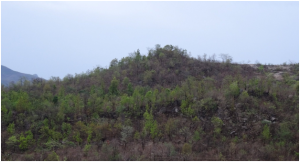
Landscape:
The area is a mix of hills with mid dense forest; in some places the forest is deep. It is part of Dalma Forest and part of the Chhota Nagpur Plateau. Hills are rocky and surrounding plan lands are mixed boulder zone with steep landscape. Hillocks range from a few hundred feet up to around 2,800 ft (850 m). There are 9 dams and water reservoirs in and around the hill region. A few water streams and 3 waterfalls get water during the rains and keep flowing through the winter till the summer heat dries them up.
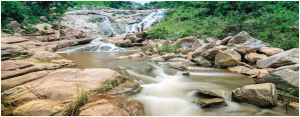
History:
According to Hindu mythology, Rama and Sita had come to Ajodhya Hills and stopped during their exile. Sita was thirsty and Ram pierced an arrow through the Earth’s soil crust and through that water streamed out. Sita satisfied her thirst. The place is known as Sita-kunda. During the full moon day in Baisakh every year Santhal, Bhumij and Munda tribals of nearby areas come and join in the game of hunting wild animals, called Disum Sendra.
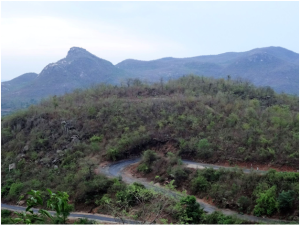
Shikar Festivity – Tribal Culture:
Shikar festival of Santhal Tribe held every year on ‘BUDDHA PURNIMA’ (the Holy Birth Occasion of Lord Buddha in the hills of Ayodhya Pahar, Purulia, West Bengal, India.
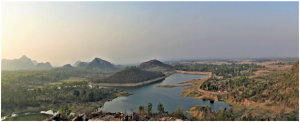
“Shikaar Utsav”; is Hunting Festival, which held in every Buddha Full moon night at Purulia, Ajodhya Hill, West Bengal, India. Tribals from various parts of West Bengal, Bihar, Jharkhand, and Orissa gather to celebrate this festival. They enjoy this festival with an outburst of their natural tribal instinct and doing Shikar or hunting, bidding drums (madal), drinking Haria (country liquor) etc. Since hunting is prohibited legally so to wean them away from doing anything illegal and damaging towards wildlife and its habitat their hunting skills and cultural tradition was encouraged for manifestation by organizing archery competition and dance festivity along with awareness campaign for conserving wildlife in a participatory effort with Joint Forest Management Committees and Forest, Police, and local administration.
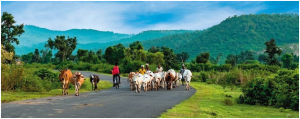
Purulia may be famous for a lot of things, but the heartbeat of its culture is the dusty little artistic village of Charida, near Baghmundi, which has been labelled as Mukhosh Gram (‘Village of Masks’). These masks are associated with Chhau. A form of dance mixed with martial arts, it’s the traditional folk dance of the region and the Chhau recitals usually enact stories from the Mahabharata and Ramayana. In Charida, the narrow roads are delineated by thatched roof establishments with artisans dotting either side of it, heads bent over, paintbrush in hand, deftly making strokes and adding life to the masks.
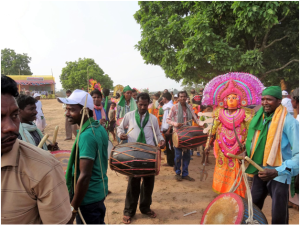
Development of Hydropower and Tourism:
Purulia Pumped Storage Project with an installed capacity of 900 MW (4 X 225 MW) has been set up in Ajodhya hills under Baghmundi police station with the loan assistance of Japan Bank for International Cooperation.
In fact, Ajodhya has a lot of dams on offer—Khairabera Dam, Murguma Dam, Lower Dam, et al—all indicating the region’s dependency on hydel power. After Upper Dam, it was customary to follow the trail to Lower Dam before making our way to Turga Dam and Falls. Right next to Turga, Marble Lake is a must stopover.

Near Ajodhya Hills, there is Turga Dam and the Lake, and the pleasant waterfall formed by the river Bamni. The site of the Turga Dam site is a perfect tourist spot, where the visitors can spend their day.
Flora and fauna:
Mostly Sal and Teak Forest mixed with species like Palash, Kusum, Mahua, Neem, Kend etc. Plants like Aswagandha, Satmuli, and Vrigoraj, Haritaki, Amla, Bahera, Karanj, Neem, Bamboo, Kendu etc are commonly found in the Forest region. About 20 species of orchids are found there.

There are 39 species of mammals, 9 species of amphibians, 27 species of fish, and 9 species of mollusks. The most interesting is the Madras tree shrew, found on the top hills of this ecosystem and nowhere else in West Bengal. Ajodhya hill ecosystem hosts a few numbers of mega-mammals like elephants. Though major elephant habitat is engulfed by PPSP, in 2018 the number of such resident elephants was 8-10.
Seasonally, herds of elephants from nearby Jharkhand Forest take refuge in this area for days together in different seasons of the year. Besides, it’s a place of various species of birds and snakes.
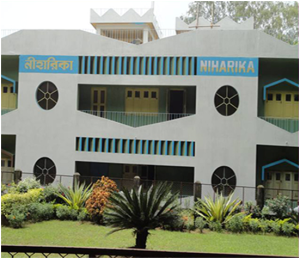
Important visiting places at Ajodhya Hills Purulia Forest Reserve Area (with distance):
- Upper Dam (495m above MSL) and Lower Dam (300m above MSL) of Purulia Pumped Storage Hydel Power Project: 6 Km and 9Km on same route
- Matha: 23 Km
- Durga Bera (572m above MSL): 7 Km
- Bamni Falls (434m above MSL): 10 Km
- Khayrabera Dam and Chamtaburu Hill: 21 Km (via forest road), 30 Km (via Bagmundi)
- Machkanda Falls: 18 Km
- Baghmundi (264m above Mean Sea Level): 16 Km
- Murguma Dam: 20 Km 16 Km
- Turga Dam (284m above MSL) and Turga Falls: 18 Km
- Pine Forest: 3 Km
- Mayur Pahar (605m above MSL): 2 Km
- Charida: 21 km
- Sirkabad: 15 Km
- Balarampur Rly. Station: 39 Km.

Advertisement:


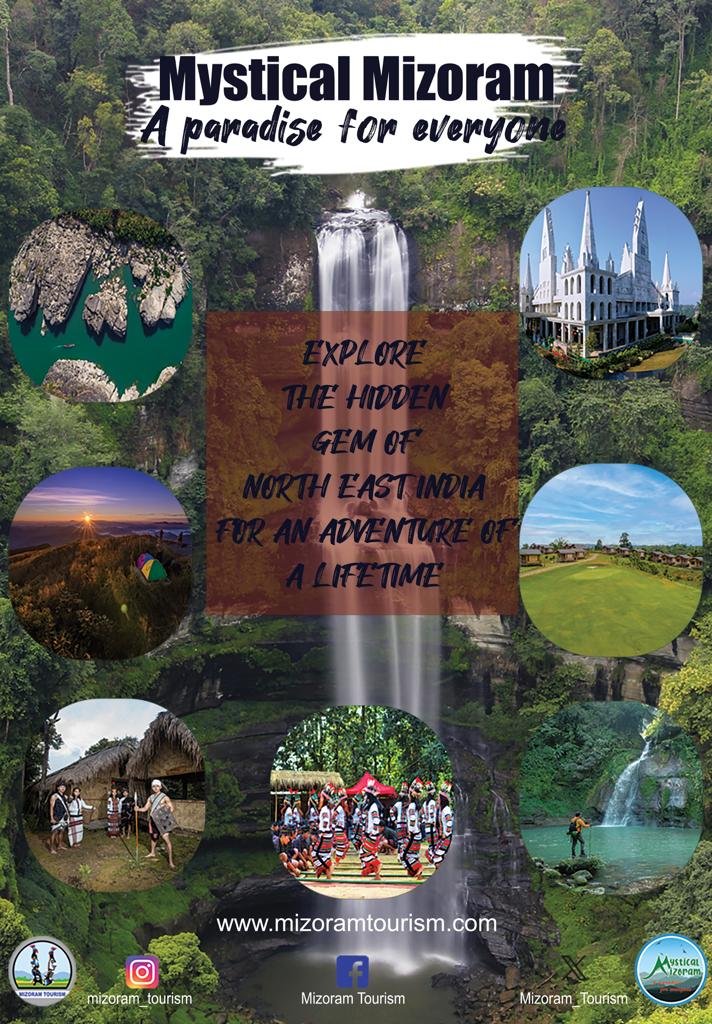

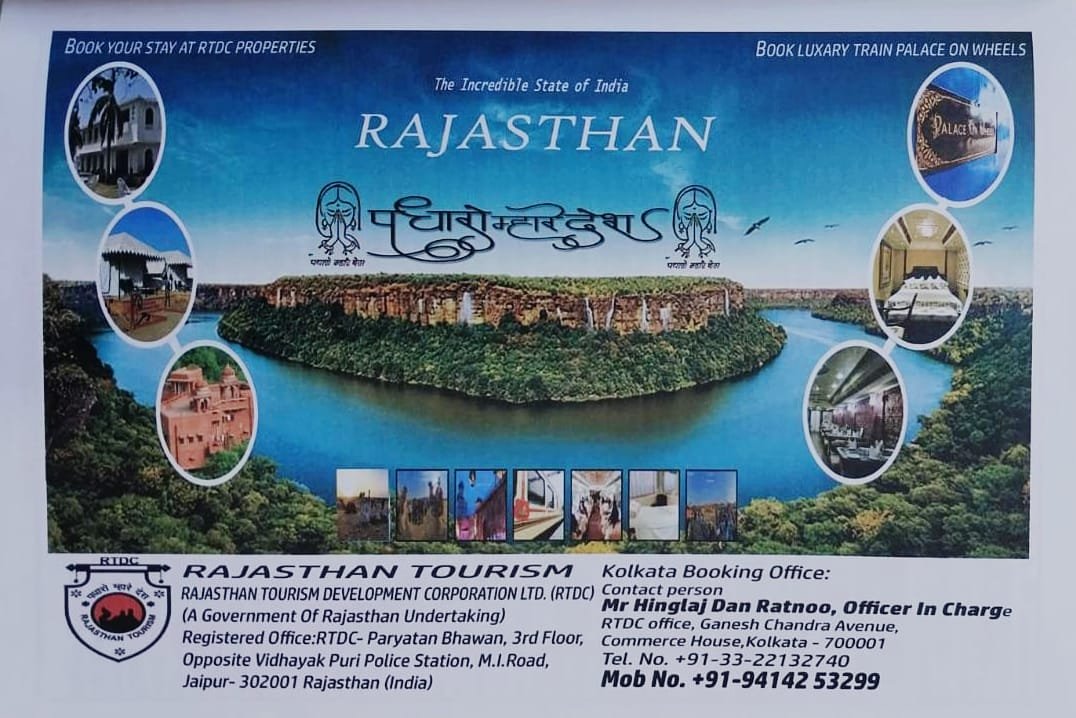




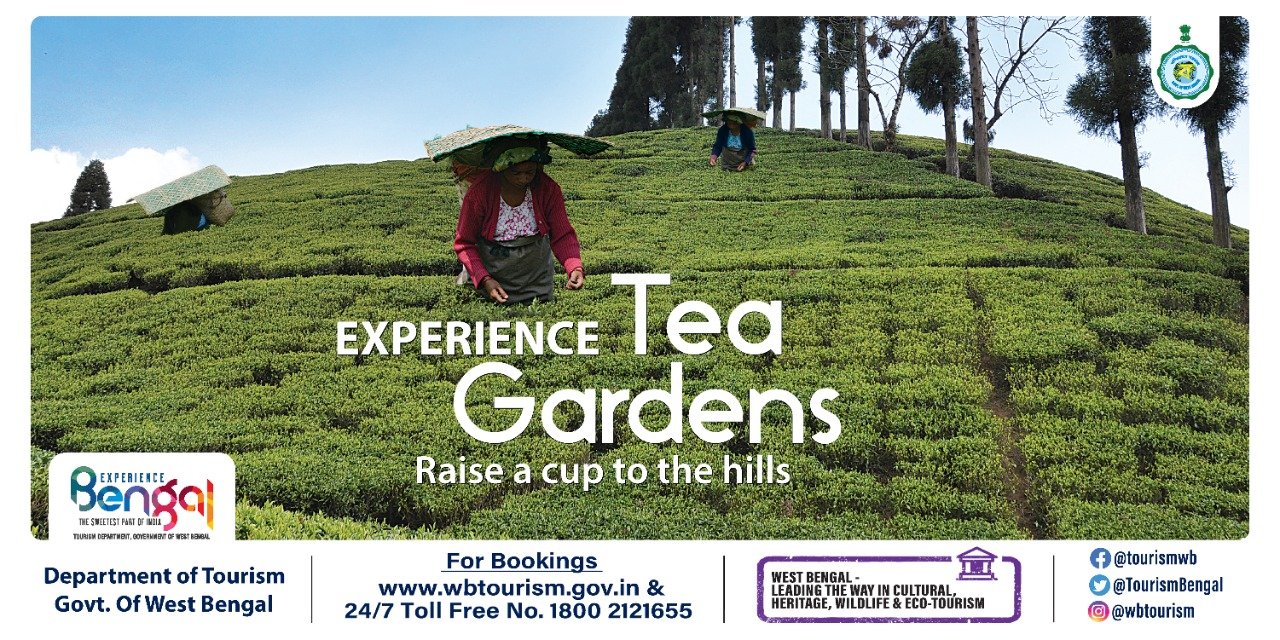


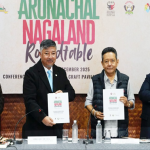

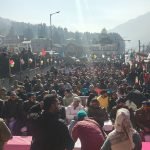





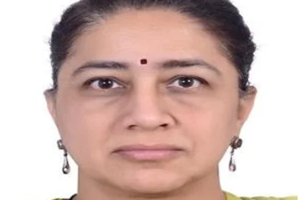









Add Comment